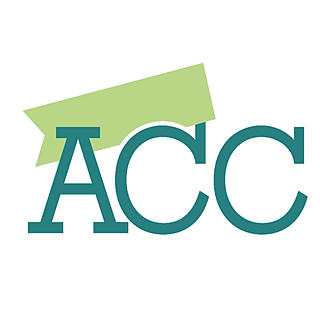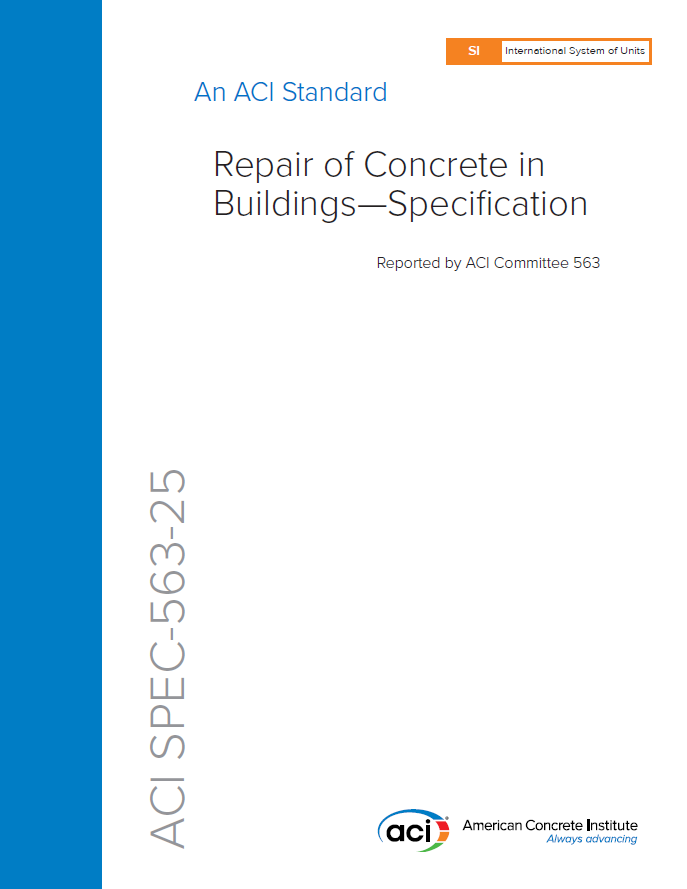Curing Techniques for Improving the Compressive Strength of Concrete
- Arizona Contractor & Community
- May 16, 2022
- 4 min read
BY ALICIA HEARNS
What Is Concrete Curing?
Concrete curing is the process of maintaining adequate moisture in concrete within a proper temperature range in order to aid cement hydration at early ages. Hydration is the chemical reaction between cement and water that results in the formation of various chemicals contributing to setting and hardening. The hydration process is affected by the initial concrete temperature, the ambient air temperature, the dimensions of the concrete, and mix design. Therefore, for this process to progress well, in-situ concrete must have sufficient moisture and a temperature that favours this chemical reaction at a rapid and continuous rate.

The American Concrete Institute (ACI) recommends a minimum curing period corresponding to attaining 70% of the compressive strength of concrete. It is often specified that this can be achieved after seven days of curing. However, 70% strength can be reached quicker when concrete cures at higher temperatures, or when certain admixtures are used in the concrete mix. Similarly, more time may be needed for curing when concrete or ambient temperatures are lower. Typically, 20 degrees Celsius (68°F) is considered an ideal curing temperature.
Why Concrete Curing Is Important
Careful control of moisture and temperature of your in-situ concrete during curing is an essential part of quality control and quality assurance of your concrete structure. Proper curing techniques will prevent in-situ concrete from drying, shrinking, and/or cracking, and ultimately affecting the performance of your structure, particularly at the cover zone. Curing of concrete should occur as soon as it has been placed. It is also essential that continuous monitoring of concrete curing conditions be carried out for seven days. If water evaporates from the concrete before it has attained its maximum strength, there will not be enough water remaining in the concrete to fully hydrate the cement and achieve maximum compressive strength. This is especially true during extreme weather conditions, when your concrete slab is subjected to various environmental elements and strength development of your concrete can be compromised.
3 Techniques for Efficient Concrete Curing
Many factors affect the rate at which water evaporates from freshly placed concrete. This includes air temperature, humidity, concrete temperature, and wind speed. As a result, many techniques have been developed to help concrete retain moisture at the early ages. These methods are used to:
Maintain the presence of water in the concrete during the early hardening period,
Reduce the loss of water from the surface of the concrete, and
Accelerate concrete strength gain by supplying heat and additional moisture.
The method (or combination of methods) chosen depends on factors such as availability of curing materials, size, shape, and age of concrete, production facilities (in place or in a plant), aesthetic appearance, and economics. As a result, curing often involves a series of procedures used at a particular time as the concrete ages. The timing of each procedure depends on the degree of hardening of the concrete needed to prevent the procedure from damaging the concrete surface.
Curing Techniques for Improving the Compressive Strength of Concrete
1) Maintaining Moisture
Ponding and Immersion
Ponding is typically used to cure flat surfaces, such as pavements and floors, as earth and sand around the perimeter of the concrete surface can retain a pond of water. Ponding is an ideal method for preventing loss of moisture from the concrete; it is also effective for maintaining a uniform temperature throughout the concrete. Immersion of a finished concrete element is commonly used for curing test specimen.
Spraying and fogging
Spraying and fogging are used when the ambient temperatures are well above freezing, and the humidity is low. Fog mist is applied through nozzles or sprayers to raise the relative humidity of the air over flatwork, thus slowing evaporation from the surface. Fogging is used to minimize plastic shrinkage cracking. If sprinkling is done at intervals, the concrete must be prevented from drying between applications of water by using burlap or similar materials; otherwise, alternate cycles of wetting and drying can cause surface cracking.
Saturated wet coverings
Wet coverings saturated with water, such as burlap, cotton mats, rugs, or other moisture-retaining fabrics, are commonly used for curing. The materials should be placed as soon as the concrete has hardened enough to prevent surface damage. They should be kept constantly wet so that a film of water remains on the concrete surface throughout the curing period.
Left-in-place forms
Left in place forms usually provide satisfactory protection against moisture loss for formed concrete surfaces. The forms are usually left in place as long as the construction schedule allows. If the forms are made of wood, they should be kept moist, especially during hot, dry weather.
2) Reducing Loss of Water
Covering concrete with impervious paper or plastic sheets
Impervious paper and plastic sheets can be applied on thoroughly wet concrete, such as polyethylene film. This material is a lightweight, effective moisture retarder that is easy to apply. During placement, the concrete surface should be hard enough to prevent surface damage.
Applying membrane-forming curing compounds
Membrane-forming curing compounds are used to retard or reduce evaporation of moisture from concrete. They can be clear or translucent and white pigmented. White-pigmented compounds are recommended for hot and sunny weather conditions to reflect solar radiation. Curing compounds should be applied immediately after final finishing and must comply with ASTM C3094 or ASTM C13155.
3) Accelerating Concrete Strength Gain
Live steam
Live steam and high-pressure steam are the two methods of steam curing. The temperature for live steam should be kept at about 140 degrees Fahrenheit or less until the desired concrete strength is achieved.
Heating coils
Heating coils are usually used as embedded elements near the surface of concrete elements. Their purpose is to protect concrete from freezing during cold-weather concreting.
Electrical heated forms or pads
Electrical heated forms or pads are primarily used by precast concrete producers.
Concrete blankets
Concrete insulation blankets are used to cover and insulate concrete surfaces subjected to freezing temperatures during the curing period. When using concrete blankets, make sure that the concrete is hard enough to prevent surface damage.








As a general contractor, I found your article on curing techniques for improving the compressive strength of concrete incredibly insightful. Proper curing is often underestimated, yet it’s such a critical step for ensuring long-term durability and structural integrity. I appreciate how you broke down the different methods, particularly the comparisons between wet curing and the use of curing compounds.
One aspect that stood out to me was the emphasis on temperature control during curing, especially in extreme climates like Arizona’s. Managing hydration under such conditions can be challenging. Your mention of moisture retention and its impact on compressive strength was especially relevant.
In my projects, I’ve seen significant improvements when using moisture-retentive covers, but I’m curious about the trade-offs. Are…